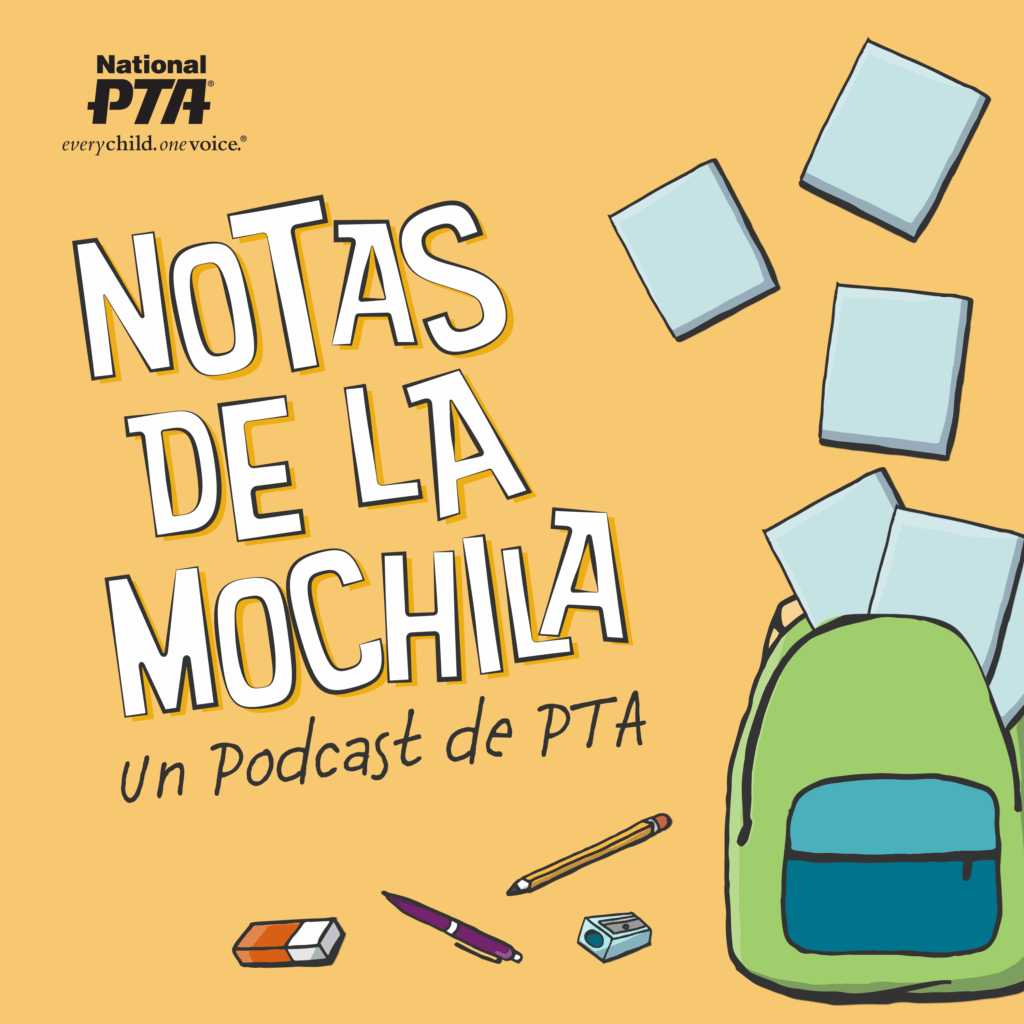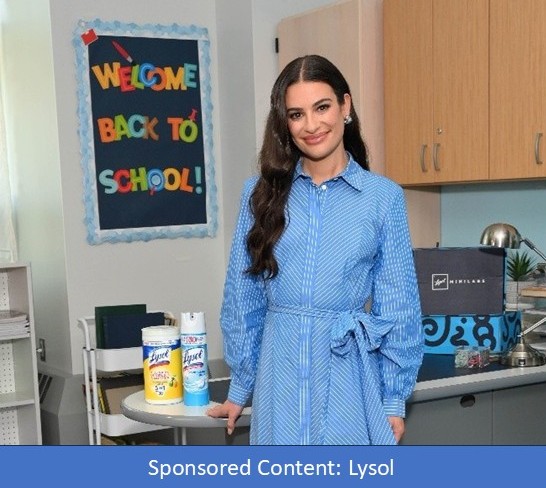According to the CDC, the number of middle and high school students using e-cigarettes rose from 2.1 million in 2017 to 3.6 million in 2018—a difference of about 1.5 million youth. Over the past five years, JUUL and e-cigarette use among youth has skyrocketed, leading the Surgeon General and FDA to declare an “epidemic.”
The term isn’t used lightly. These are highly addictive products that can harm adolescent brain development, and in a national survey of youth, one in five high school students reported using an e-cigarette, or “vaping,” in the past 30 days. The question isn’t, “What will my child do if they’re offered an e-cigarette?” it’s “What will my child do when they’re offered an e-cigarette?”
How Can You Tell if Your Teen is Vaping?
Unlike traditional cigarettes, which are easily recognizable, e-cigarettes come in many different styles and brands. The most popular brand among youth is JUUL, whose “pods” closely resemble a USB Drive. If your teen is using e-cigarettes including JUUL, they may refer to it as “JUULing” instead of vaping.
So, how does a parent or caregiver tell if their child is using e-cigarettes? You know your child better than anyone else, and the best thing to do is be aware of drastic changes in mood, behavior, school performance and physical characteristics. Some high-priority signs include but are not limited to:
- Mood swings and increased irritability
- Unexplained sweet smells or use of scented candles/incense
- Sudden nose bleeds, dry mouth or mouth sores
- Drastic changes in weight (both gain and loss)
- Negative change in academic or athletic performance
What Can You Do if Your Teen is Vaping?
Keep the lines of communication open with your child. Remember that, as with most peer-influenced behaviors, your teen may be using e-cigarettes without necessarily knowing the health and social consequences behind it.
Understand that, even if they understand smoking is bad, they may not know the e-cigarette they are using contains the same nicotine and other harmful chemicals as traditional cigarettes. There are reputable sites for help, including the FDA and the CDC.
What Can My Child’s School Do to Help?
The alarm bells have sent schools searching for a response to the epidemic, and more than 1,300 campuses have found a way to get ahead of the problem with the youth prevention program CATCH My Breath. The program for grades five through 12 is university-developed, best practices-based and aligns with national academic and SEL standards. Thanks to funding from CVS Health, the program is available to schools in the U.S. at no cost.
More importantly, the program works. Researchers from The University of Texas Health Science Center at Houston School of Public Health found that schools that used the CATCH My Breath program had 45% fewer seventh-grade students who reported trying e-cigarettes when surveyed one year after receiving the program. The results were accepted for publication in a peer-reviewed journal and are expected to be published later this year.
CATCH My Breath also includes education for teachers to increase their own knowledge of e-cigarettes, school signage, and supplemental materials for parents. Included in the resources is a short video (with downloadable slides in English and Spanish), with basic information about e-cigarettes and JUUL, an examination of how we arrived at this youth vaping epidemic, and suggestions for how CATCH My Breath can fit into a school’s broader tobacco prevention strategy.
We’re in the midst of an epidemic and we need to take action now to prevent yet another generation of youth from falling into the open arms of Big Tobacco. To learn more about the CATCH My Breath program, or bring it to your campus, please visit CatchMyBreath.org.
With over 15 years of tobacco prevention work experience, Marcella Bianco—Director for the CATCH My Breath Program—has built relationships with local, state and national partners to change policy and social norms around tobacco.


















